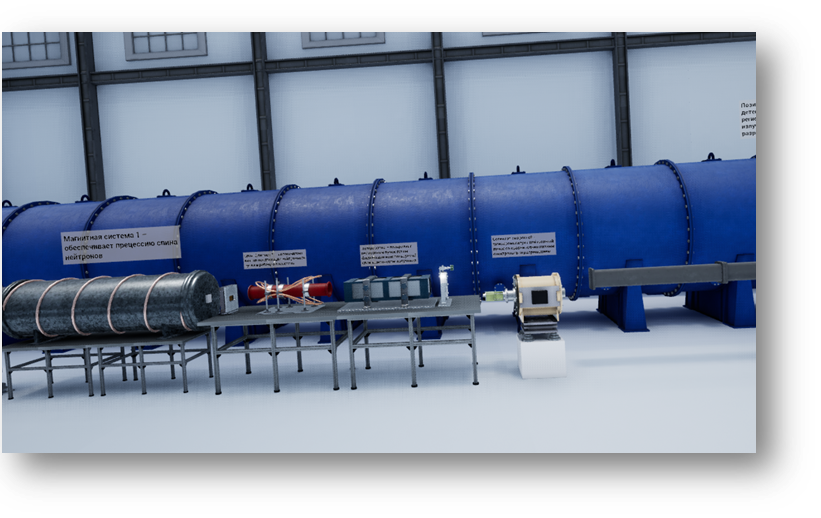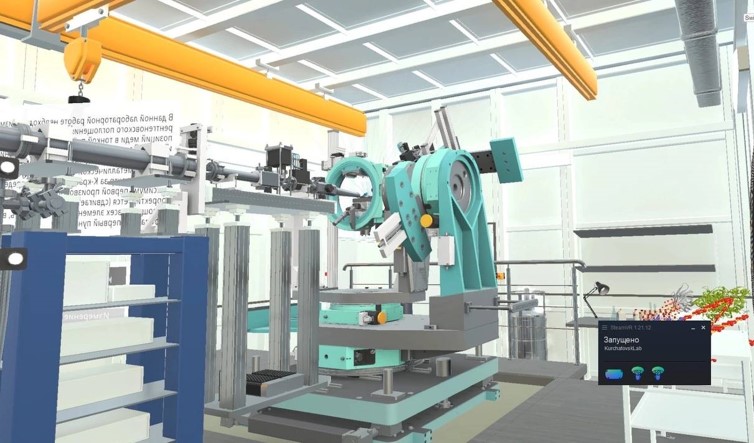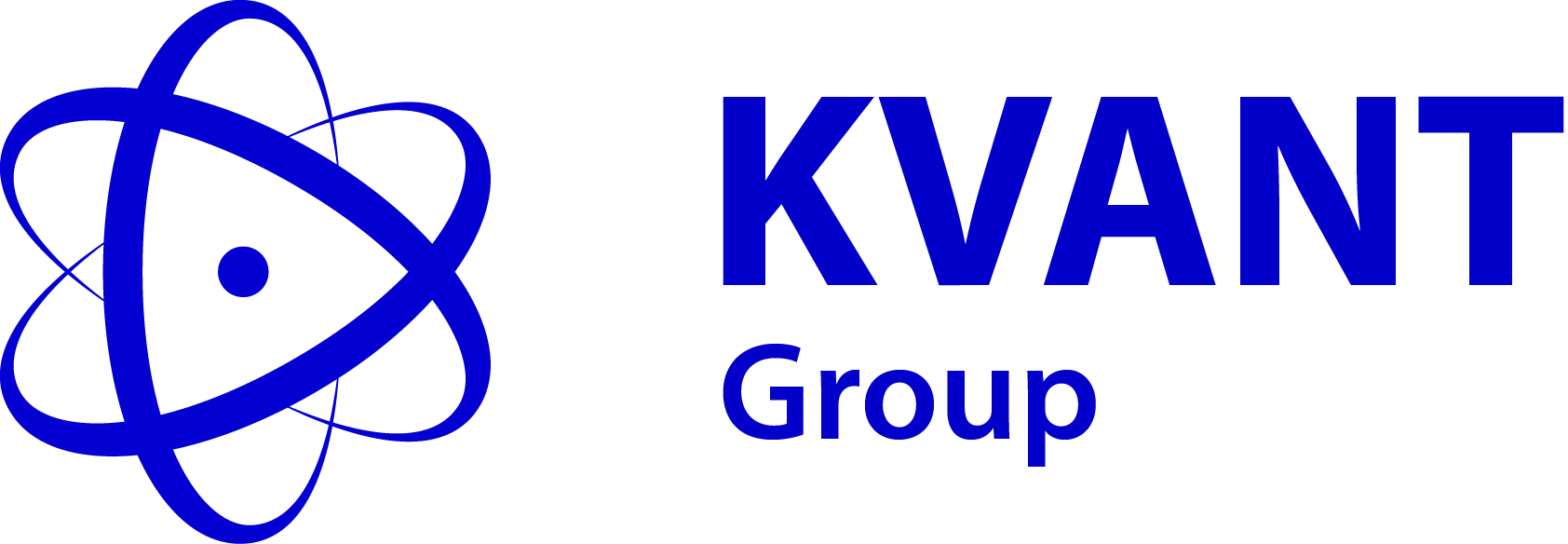Mathematical modeling for the development of research istruments
Currently, the LLC «Kvant-group» has garhered the specialists with the following competencies:
- Development of an optimal set of stations and its technical specifications on the basis of a comprehensive analysis of the demand for stations by the international scientific and commercial community.
- Preliminary design of research facilities. In particular, calculations and development of neutron guides and synchrotron optical paths, and instruments for neutron and synchrotron scattering from a high-flux source to a detector as well as shielding.
- Development of a project and calculation of a high-brightness source of cold neutrons, including those based on D2O, pH2, development of bispectral neutron beam extraction systems.
These competencies allow to effectively create digital twins of the research equipment of MEGA-science Facilities.
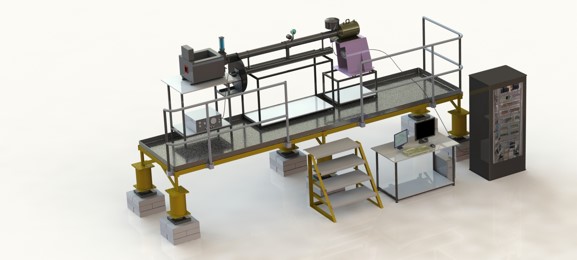
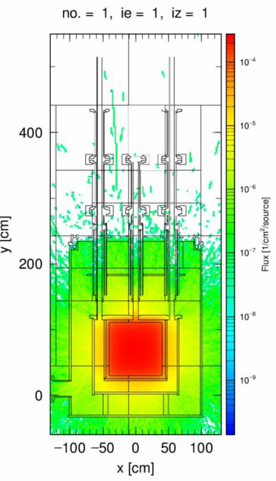
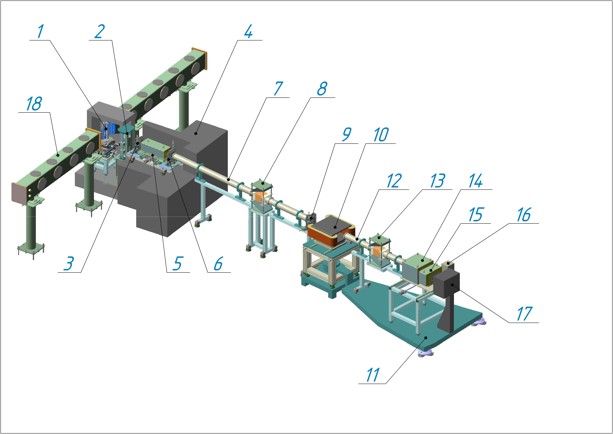
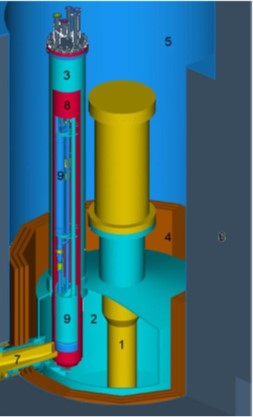
Competences of the MM group: Software used
- MCNP 6.1 (AZ, shielding, energy release, CNS)
- PHITS\FLUKA (shielding of neutron guides – energy release, UCNS)
- SERPENT2 (AZ, fusion reactions, energy release, CNS)
- SCALE 6.+ (shielding, SN calculations)
- FISPACT-II (activation)
- OpenFOAM, Comsol (CFD calculations)
- CombLayer (complex model)
- DAG-MC (AutoCAD to MCNP|FLUKA)
- McStas, McXtrace (MC simulations for neutron and synchrotron optics and instruments)
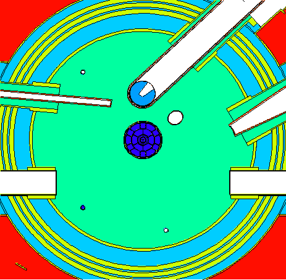
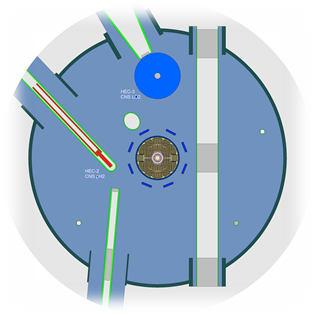

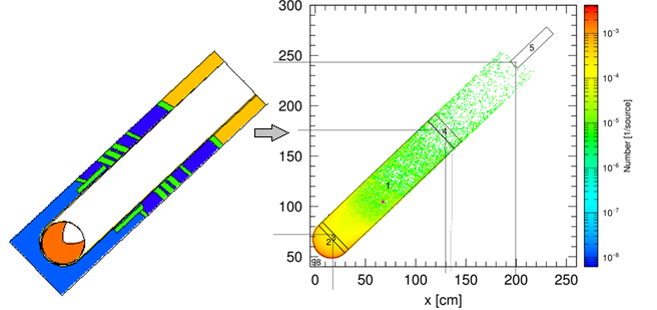
Examples of project DARIA: modeling of a cryogenic chamber for a cold moderator
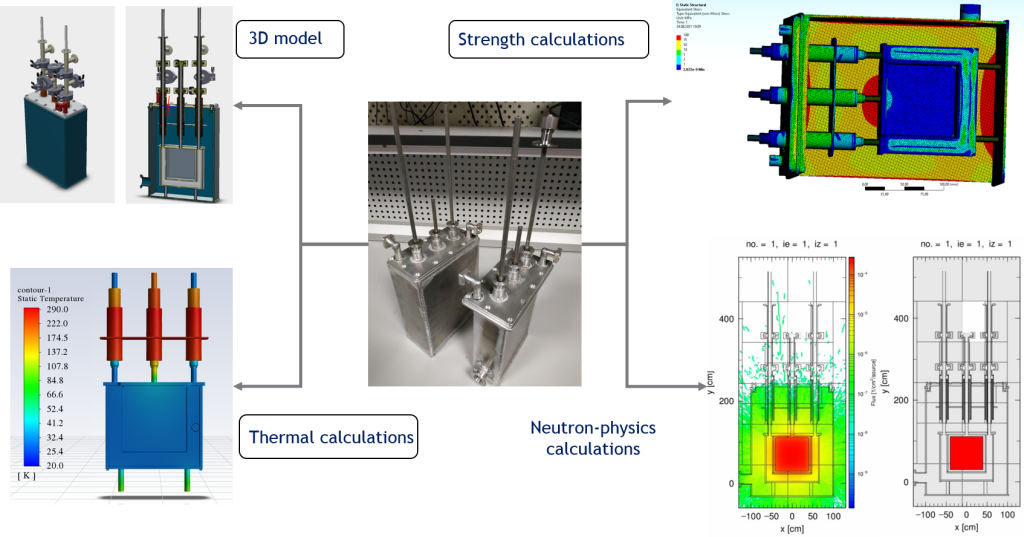
Modeling of radiation protection of neutron guides
Protections from different materials
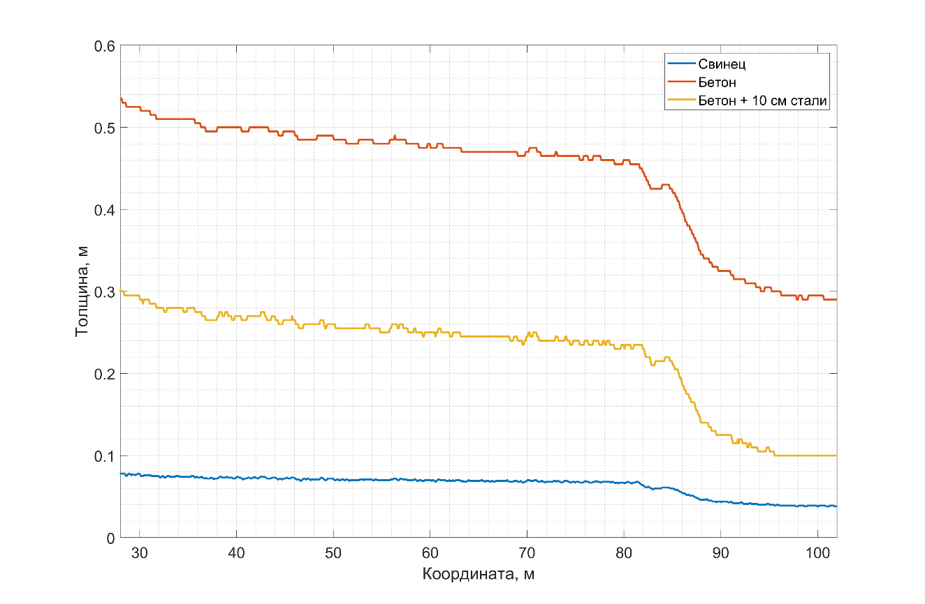
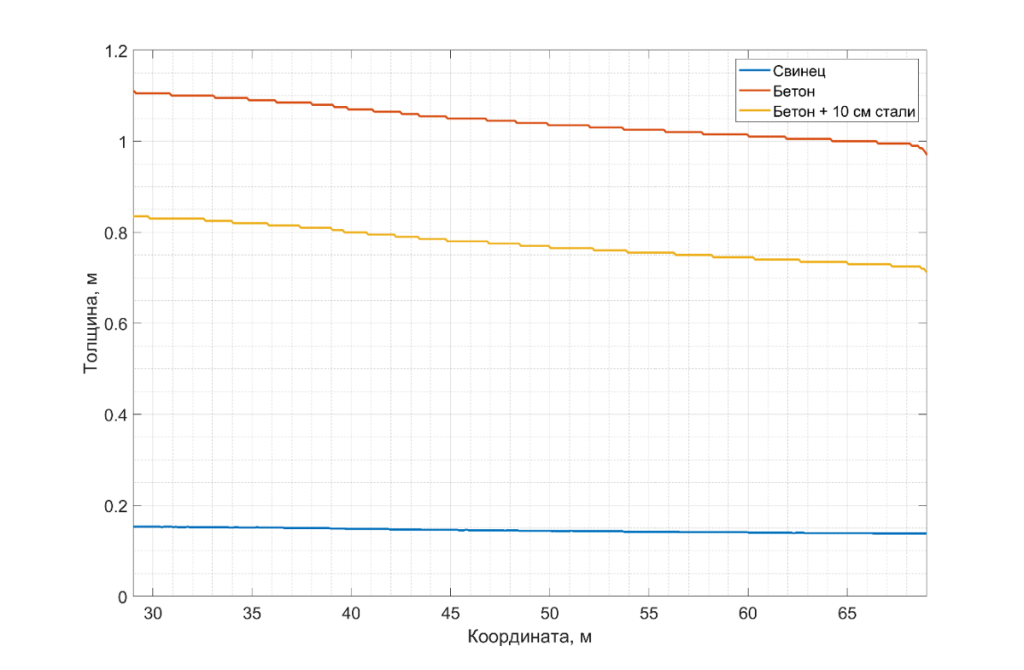
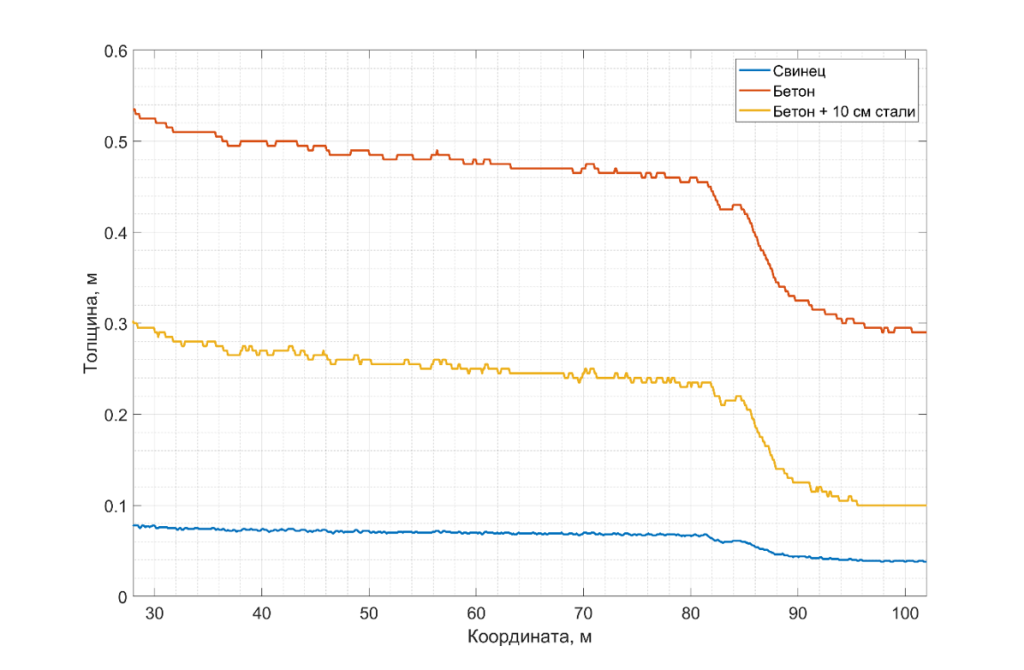
Contributions to dose rate from different neutron guide sources
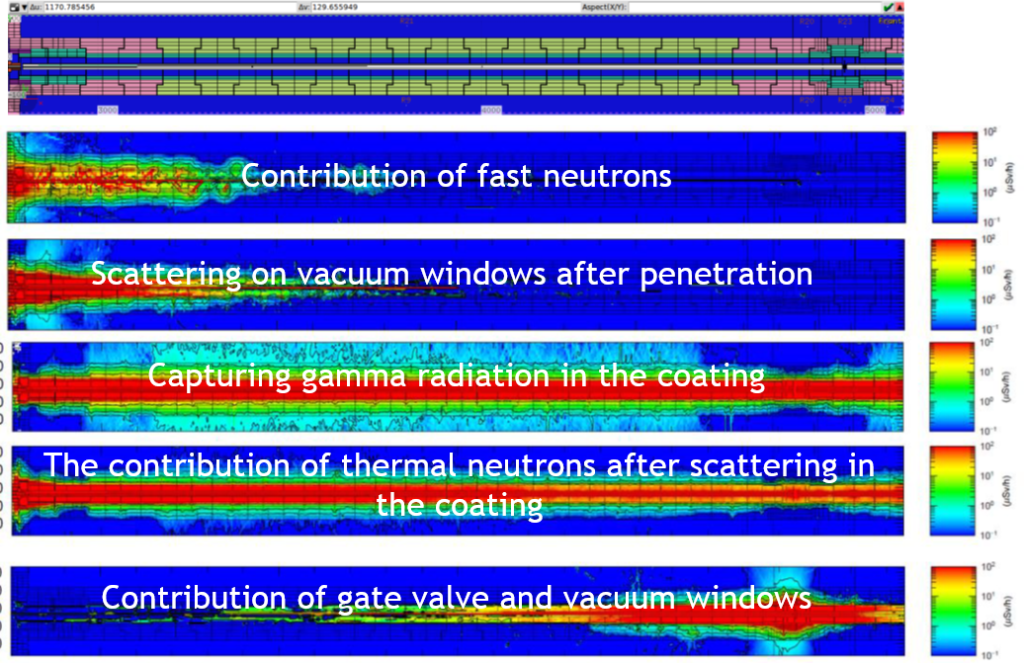
Modelling of radiation protection of neutron stations
Diffractometer Model DC1
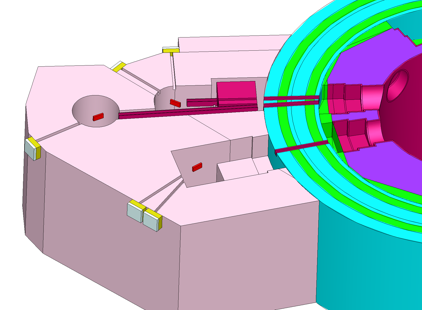
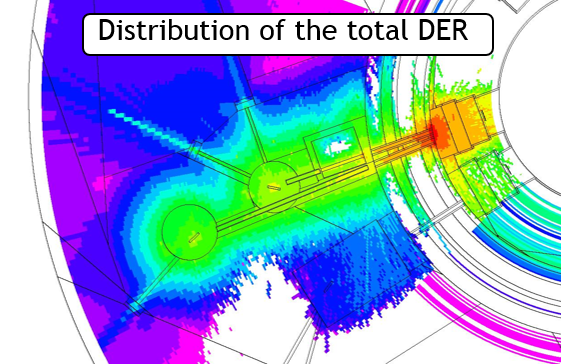
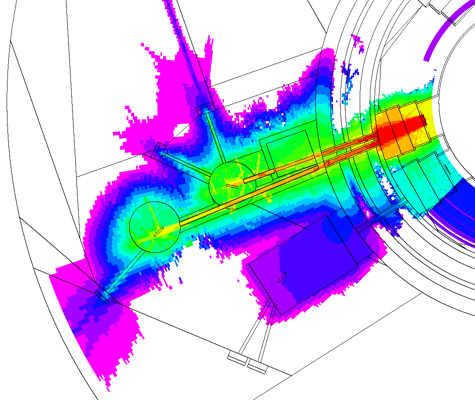
D1 Diffractometer Radiation Shielding Model

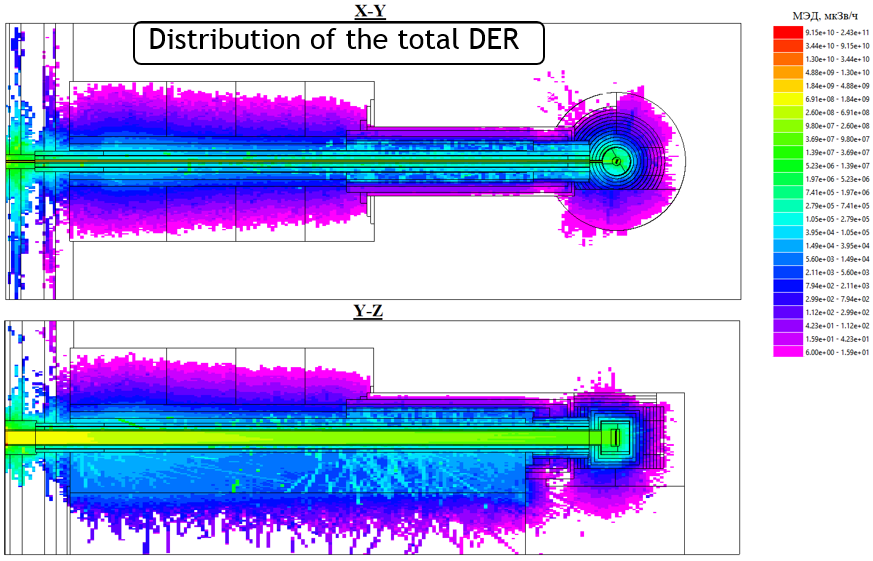
Development of digital twins and staff training solutions
Development of neutron scattering virtual laboratories (VR model + environment for modeling experiments) for the IR-8 reactors (NRC KI) and PIK (NRC KI – PNPI) – consultations and co-development (2018-present). The experience of creating a digital twin of the FAZA station, KISI was also studied in detail.
Virtual neutron and synchrotron laboratories are one of the simulation applications. They make it possible to train researchers and personnel in the field of Neutron and Synchrotron Scattering without wasting real beam time, which can be freed up for scientific tasks.
Developed virtual laboratories are currently in use for training of specialists within the framework of specialized educational programs based on St Petersburg University, which can be scaled up.
